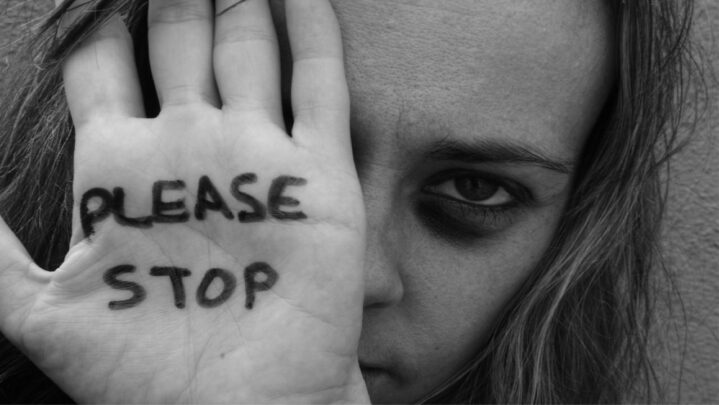Domestic violence is when someone from one’s own family is harmed. Partners, direct family members, and relatives might all be included. The phrase “domestic violence” is used when the abuser and the victim have a close relationship. It generally happens when there is a power imbalance between them or when the victim is reliant on the abuser.
Domestic violence or abuse can take many forms. Abuse can be physical, sexual, or even psychological. Domestic violence can take various forms, including child abuse, senior abuse, and honor-based violence such as forced marriages and honor killings.
When it comes to domestic violence, the majority of women are victims. Men, children, and the elderly are all potential victims. Domestic abuse affects practically every level of society and all demographic groupings. Domestic violence is more widespread in systemic systems that continue to be based on gender or other inequality.
Since the pandemic, domestic violence has increased. Stress, as well as disruptions in social and protective networks, contribute to this. It has exacerbated economic challenges while also restricting access to many services, resulting in an upsurge in domestic violence.
Isolation, restricted movements, and steps to stay at home were required during the pandemic to contain the spread of Covid-19 infection. Domestic violence has increased as a result of the greater time spent together by family members and the increasing stress in the home.
Also Read: What Is Domestic Violence And Is It More Common Than We Think?





